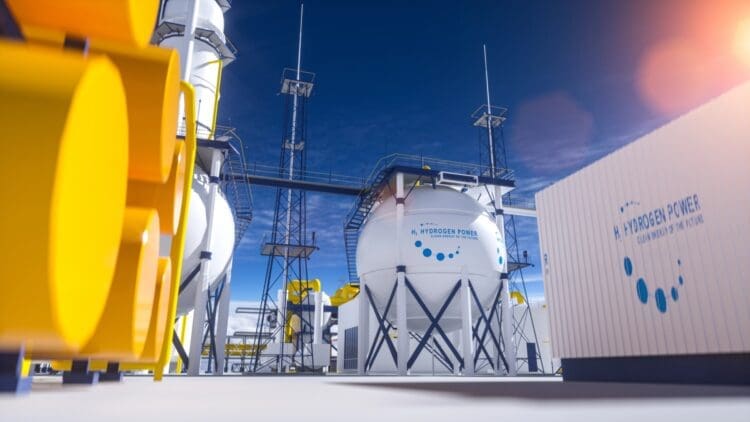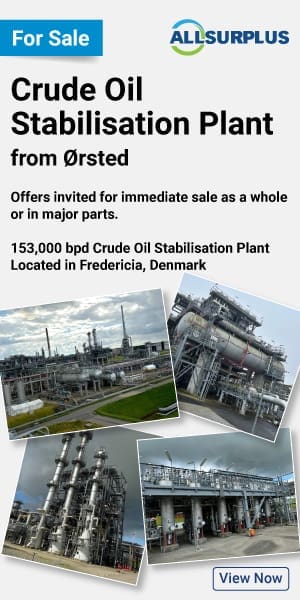In a move that aligns with the global narrative that calls for more renewable energy projects, the African nation of Namibia approves a 3 GW solar-to-hydrogen and ammonia project in the Erongo region in the northwest of the nation. Africa has embraced the diversification of its energy sector, which has resulted in several nations investing in massive projects that have the potential to reshape the sector on the continent. The world is approaching a future that relies heavily on the renewable energy industry to supplement the loss in production due to the phasing out of conventional energy generation methods.
Naimbia’s government has issued the required environmental approval for the site near Walvis Bay
Naimiba is among the largest nations in Africa; however, the population density is exceedingly low for such a large nation. It is littered with vast regions of the country that are essentially lifeless deserts with little to no activity.
The lack of upgradable infrastructure in Namibia has led the energy operators in the country to begin scratching their heads, wondering what would be the most practical option for the energy sector in the region.
The consensus was that the new and innovative solar-to-hydrogen and ammonia sector would fit perfectly in Namibia’s energy market. Italian energy company Zhero Molecules Walvis Bay (Pty) Ltd has revealed it has received the necessary environmental approval from the Namibian government. The company reported that it received the Environmental Clearance Certificate (ECC) from the Ministry of Environment, Forestry and Tourism (MEFT).
The next step would be for the company to apply for a generation license from Namibia’s Electricity Control Board. The project forms part Zhero Molecules Walvis Bay (zMWB) initiative and spans 5,300 hectares across three distinct zones around Walvis Bay, which is also the second largest city and port in Namibia.
The site in Walvis Bay will accelerate the transition to renewable energy via several facilities
In addition to the 3 GW solar farm, the site will also have a 3,500MWh battery energy storage system. What makes the project particularly unique is the fact that it will have several facilities aimed at other energy generation processes.
The details of the approval state that one facility will host electrolyzers, which are essential to extracting hydrogen, while another will serve as a logistical hub for ammonia storage and exporting. The hydrogen facility will have the capacity to produce 98,000 tonnes of green hydrogen annually, which will be converted into 550,000 tonnes of green ammonia designated for export to Europe and other markets.
As the ammonia and hydrogen sectors have seen significant investments recently, evidenced by the recent news that Norway will retrofit ships with ammonia-powered engines. Politicians across the world have welcomed the possibilities that the hydrogen sector presents, as shown by a recent statement from a former US representative.
“The environmental benefits of hydrogen are also outstanding. When used as an energy source, hydrogen produces no emissions besides water. Zero polluting emissions, an amazing advance over the current sources of energy that we use.” – Dan Lipinski
RWE is assessing its role in the Southern African nation and has exited a massive project
The news that RWE will develop the facility in the Erongo region is in sharp contrast to the recent development that RWE has exited another hydrogen project in Namibia, namely the $10 billion Hyphen project. That agnostic approach will lead to market uncertainty in the African energy sector. The world is fast approaching a future where hydrogen will dominate not only the renewable energy sector but the overall industry as well. The global community is acutely aware of the need to transition away from fossil fuels, and the Walvis Bay project further accelerates that stance.





